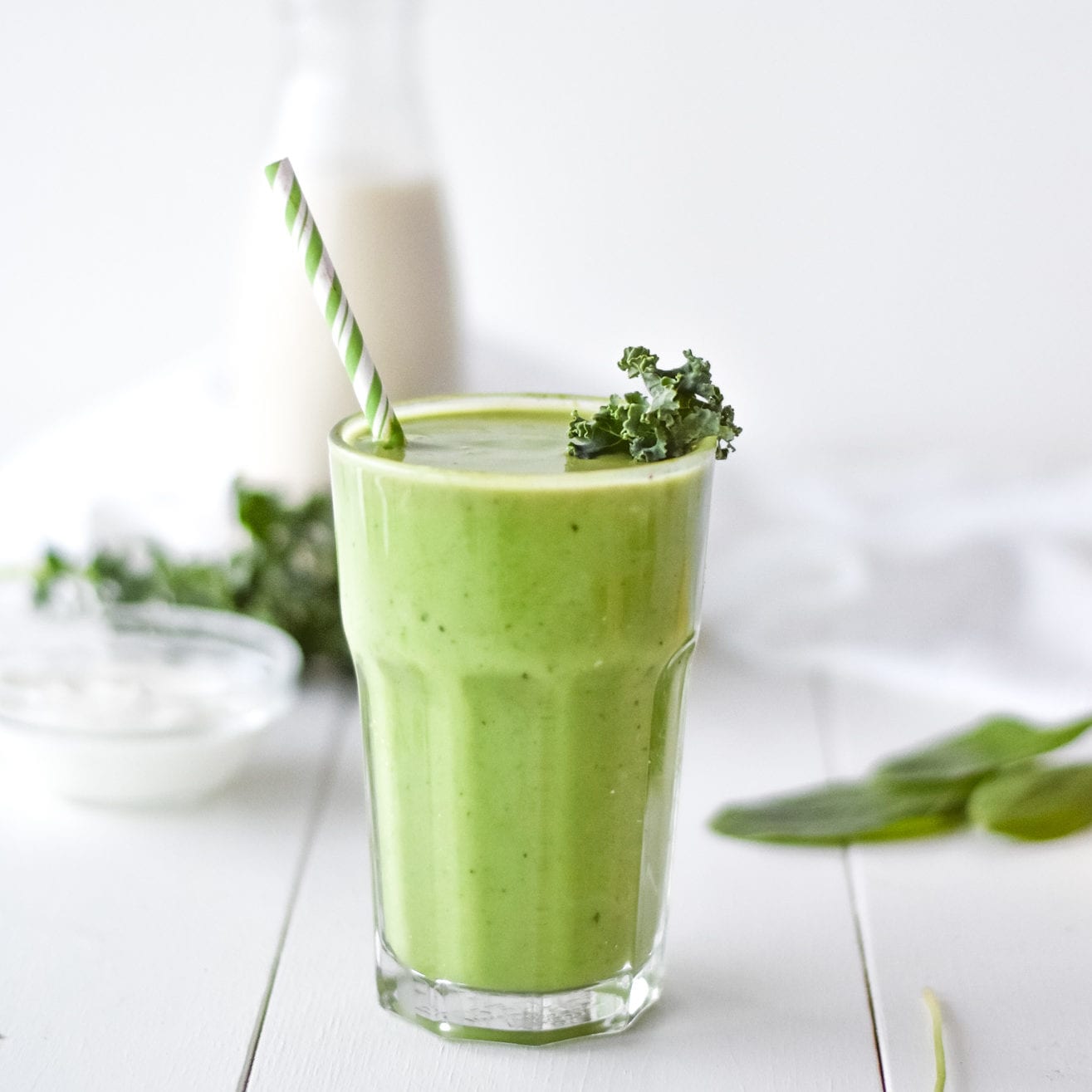About six months before what would have been her 99th birthday, Mom began to have trouble swallowing. Liquids made her cough, and foods became tougher to chew, as her teeth, which had done yeoman work for more than nine decades, started falling out.
Speech therapists gave her swallowing tests—offering crackers, then putting their fingers on her throat—and said the mechanics were still functioning but weakening.
Liquid thickeners were suggested but didn’t solve the problem for fluids. Her nutrition was suffering, and she could no longer swallow vitamins. She needed something a little more substantial than soup (she loved a particular squash soup, but it was hard to find), coffee Ensures and bottled Starbucks Frappuccinos.
Internet research led to information about soft foods—meals that are supposed to have the taste of all your favorites but with the consistency of gelatin, pudding or mashed potatoes. I thought they’d be worth a try.
“I’m not eating baby food,” Mom said.
I explained that I would not be buying little jars with smiling toddlers on them, but that there were companies that made complete soft-food meals, and I showed Mom a menu I got from her managed care provider. Not only was the food soft, it was free—one of those rare advantages given to older, poor adults. Mom wanted no part in the exercise of picking her meals, offering to starve instead. I chose four dishes that sounded the least repulsive.
A turkey dinner with the mouth feel of mush? Yay. Think meatloaf is already close to mush? Think again.
As I rightly anticipated, my stubborn mother rebelled against her mush meals—which were probably not helped by my referring to them as “mush meals.” In solidarity, I sampled them all with her, and, in fairness, they were terrible. The fruity desserts were fine because we’re conditioned from an early age to like Jell-O, sorbets, jams and preserves. Soft potatoes? Who doesn’t love mashed potatoes? Pureed squash, carrots and peas? Those worked.
But trying to turn a protein like chicken or beef into a texture resembling gooey bread pudding is an area of science that has not yet been perfected.
Then another problem arose. Our managed care provider didn’t put in the order one week. The weekend arrived, and I had no soft food.
This led to Brainstorm No. 1: within walking distance of our apartment was a large nursing home/senior living complex that was owned by the same company as our managed care provider. Surely, they had hundreds of soft meals. I went over and offered to pay for them, just to get me through the weekend, but they wouldn’t part with them. The facility was in a different silo and the two silos didn’t share. Welcome to managed elder care.
I returned home and scrambled a few eggs—the original soft food—and tried to problem-solve. That led to Brainstorm No. 2: most smoothies were just blended frozen fruit with a binder of yogurt or sorbet, so I would go to the supermarket and buy small frozen dinners and blend them into smoothies. I looked through selections of Stouffer’s and Lean Cuisines and tried to imagine what they would feel, smell and taste like when they were more like a smoothie. Some worked better than others: fettuccine Alfredo made a better mush dinner than rigatoni Bolognese, as the dairy made a better creamy base. On the plate, however, the globs of food were so unappetizing that looking at them was an appetite suppressant.
Quite by accident, I then found a winner. At a gourmet food store, I came across pre-made blueberry pancakes from a French bakery better known for their crepes. I threw three in the blender with a little milk to soften them. For some extra flavor and color, I added fresh blueberries. (Just as kids like blue sno-cones, blue-mush pancakes taste better than yellowish-mush pancakes.) After a minute or so in the microwave, the resulting food was not a thing of beauty, but darn if it didn’t taste like blueberry pancakes. This became mom’s go-to meal until she got sick of it and chose to subsist entirely on a few cups a day of those Frappuccinos.
She refused a feeding tube, and I couldn’t get anyone to administer IV fluids. We continued on this mostly liquid diet for a few months. When you’re 98 years old and weigh less than 98 pounds, you don’t need a lot of calories.

Howard Gensler is a veteran journalist who has worked at the Philadelphia Daily News, TV Guide and the Philadelphia Inquirer and has freelanced for dozens of magazines and websites. Gensler wrote the story for the 2012 movie Hysteria, starring Maggie Gyllenhaal and Hugh Dancy. In between jobs, he worked as a caregiver for his mom.



